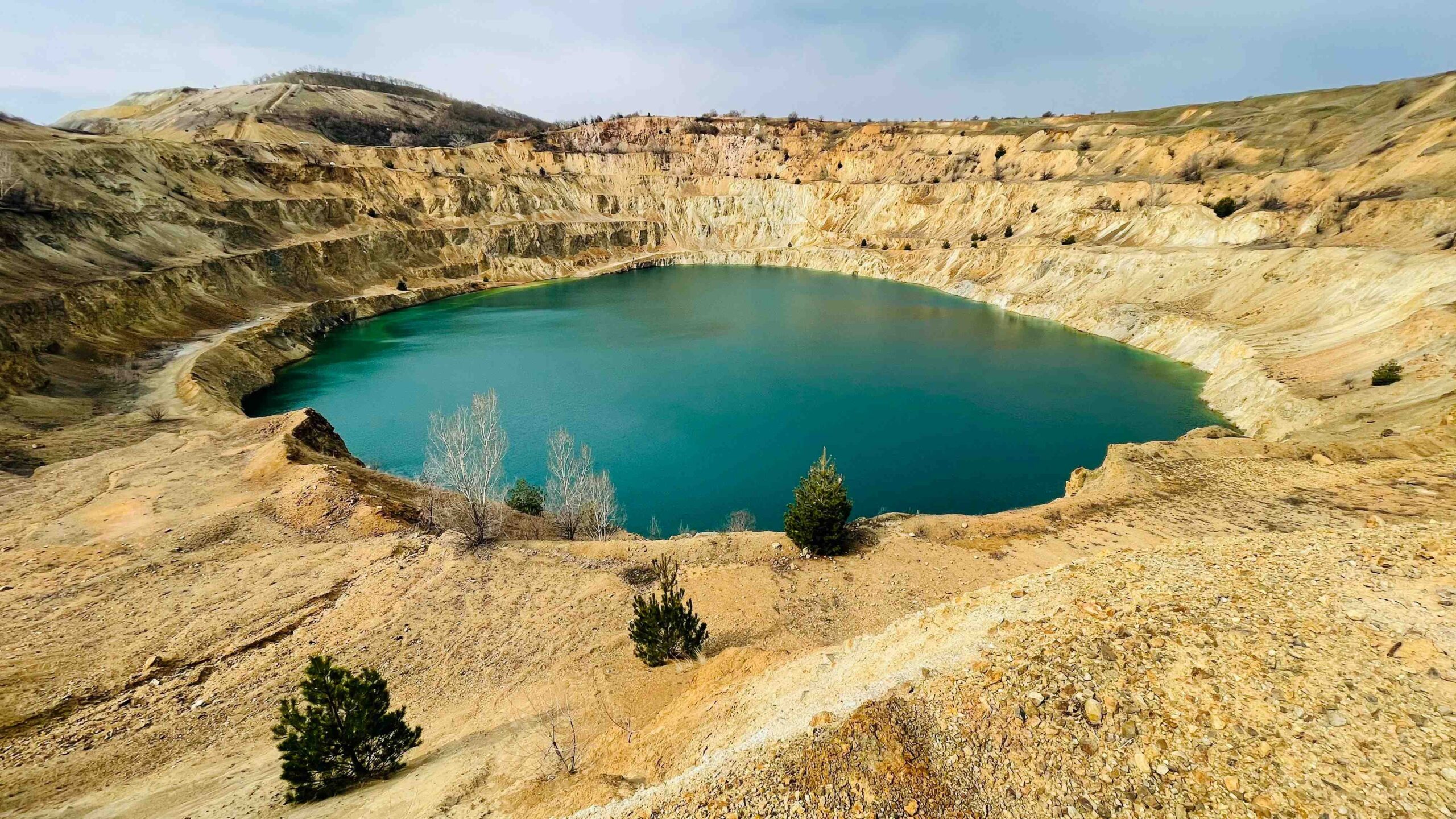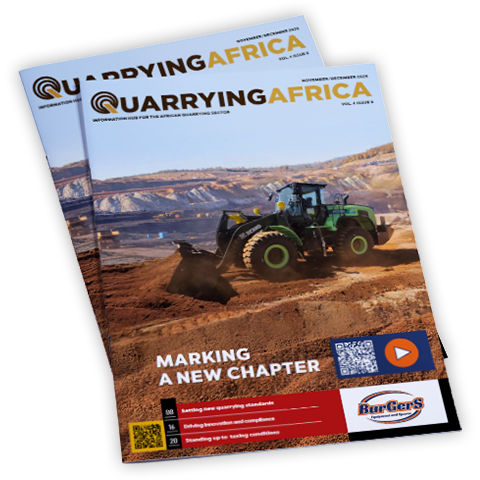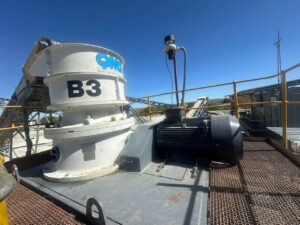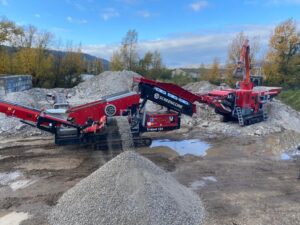The management of groundwater resources by mines is increasingly demanding the integration of various disciplines, both to achieve corporate sustainability objectives and to remain compliant with legislation.
According to Ismail Mohamed, principal hydrogeologist at SRK Consulting, a project team for mine water supply and dewatering, for instance, would typically include a hydrogeologist, a hydrologist, engineers and environmental specialists.
“The hydrogeologist guides the project in the definition of water sources, while the hydrologist assists with achieving a water balance for the operation,” says Mohamed. “Civil and chemical engineers will design reticulation, water quality and treatment, and an environmental specialist would need to assess the project’s impacts.”
He adds that rock mechanics engineers, structural geologists and mining engineers also contribute to managing mine water. Highlighting the central role played by hydrogeologists in navigating options for responsible groundwater use, SRK Consulting principal hydrogeologist Wadzanai Chimhanda says that these professionals design strategies and systems to ensure sustainability and compliance in the mine’s abstraction practices.
“We work with our colleagues in consulting engineering teams to gather high quality data for decision-making, as a key starting point in responsible water management,” says Chimhanda. This invariably requires borehole drilling, which would need to be supervised by a hydrogeological technician; the hydrogeologist could even be involved in the appointment of reputable drilling contractors.
“Gathering a range of detailed data, we can generate models for the client which takes into account their mining plan,” she says. “This allows us to advise on how much water is required by the mine and process plant, where it can be sourced and stored, and how much water will likely have to be discharged after required treatment.”
Mohamed points to a completed project in West Africa, which began with characterising the key aquifers at the mine in the pre-construction phase.
“We then developed a dewatering system based on both site testing and numerical modelling, and generated a water balance,” he says. “Based on the project’s dewatering system and water requirements, our civil engineers were then able to provide the client with a design and also assist with implementation during construction.”
He emphasises that – through developing a dewatering plan – the mine was able to proactively initiate dewatering ahead of mining, preventing groundwater from adversely affecting mining operations.
“The pumping system was engineered to be efficient, thereby conserving power and optimising equipment requirements,” he explains. “The water could then be productively utilised, minimising clean water abstraction from streams in use by communities located further downstream. So besides economic imperatives, this approach also delivers operational and duty-of-care benefits.”
Chimhanda notes that, while compliance to local regulations is a key concern for mining clients, it is vital for mines to recognise the principles of industry best practice and international standards.
“This gives projects a firmer basis to mitigate risk when regulations change, while raising the bar for the whole sector,” she says. “Leading mining companies and industry associations are also strong drivers of commitments like the United Nations Sustainability Development Goals – and water remains a crucial aspect of achieving many of these objectives.”






